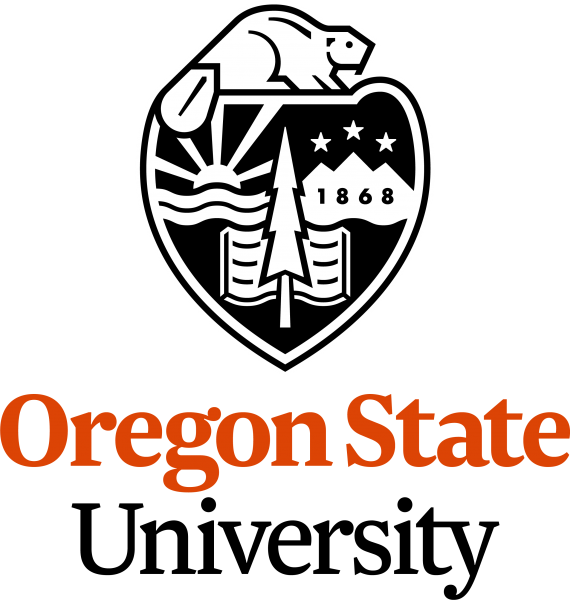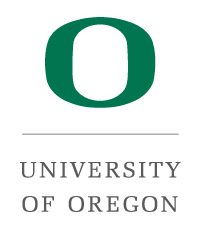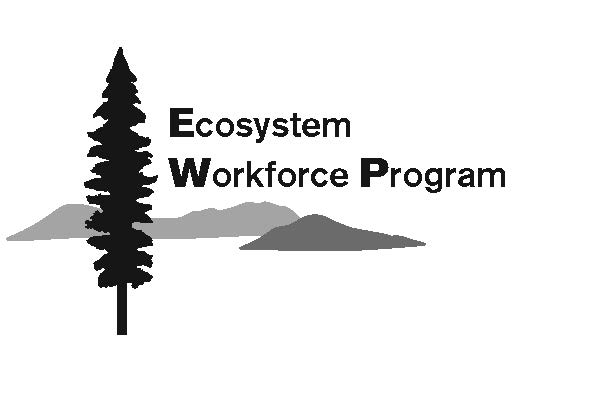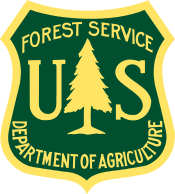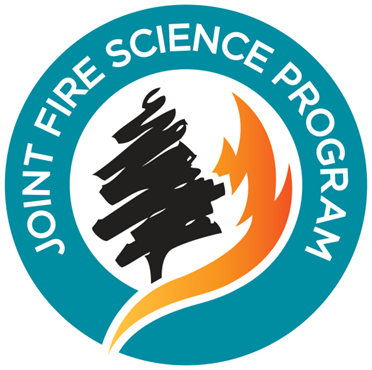Publications Library
Forecasting natural regeneration of sagebrush after wildfires using population models and spatial matching. Landscape Ecology . 2023. Available at: https://link.springer.com/article/10.1007/s10980-023-01621-1. Forecasting natural regeneration of sagebrush after wildfires using population models and spatial matching.pdf (1.13 MB)
Forecasting natural regeneration of sagebrush after wildfires using population models and spatial matching.pdf (1.13 MB)
. Fuel treatment effectiveness at the landscape scale: a systematic review of simulation studies comparing treatment scenarios in North America. Fire Ecology. 2023;19. Available at: https://fireecology.springeropen.com/articles/10.1186/s42408-022-00163-2. Fuel treatment effectiveness at the landscape scale: a systematic review of simulation studies comparing treatment scenarios in North America.pdf (5.01 MB)
Fuel treatment effectiveness at the landscape scale: a systematic review of simulation studies comparing treatment scenarios in North America.pdf (5.01 MB)
Future regional increases in simultaneous large Western USA wildfires. International Journal of Wildland Fire. 2023. McGinnis et al_2023_Future regional increases in simulatneous large western USA fires.pdf (944.95 KB)
McGinnis et al_2023_Future regional increases in simulatneous large western USA fires.pdf (944.95 KB)
. High-severity burned area and proportion exceed historic conditions in Sierra Nevada, California, and adjacent ranges. Ecosphere. 2023;14(1). Ecosphere - 2023 - Williams - High‐severity burned area and proportion exceed historic conditions in Sierra Nevada .pdf (1.96 MB)
Ecosphere - 2023 - Williams - High‐severity burned area and proportion exceed historic conditions in Sierra Nevada .pdf (1.96 MB)
How social and ecological characteristics shape transaction costs in polycentric wildfire governance: insights from the Sequoia-Kings Canyon Ecosystem, California, USA. Ecology and Society . 2023;28(1). Available at: https://ecologyandsociety.org/vol28/iss1/art34/. How social and ecological characteristics shape transaction costs in polycentric wildfire governance- insights from the Sequoia-Kings Canyon Ecosystem, California, USA.pdf (971.08 KB)
How social and ecological characteristics shape transaction costs in polycentric wildfire governance- insights from the Sequoia-Kings Canyon Ecosystem, California, USA.pdf (971.08 KB)
The Marshall Fire: Scientific and policy needs for water system disaster response. AWWA Water Science. 2023;5(1). AWWA_2023_Whelton_Marshall_Fire.pdf (2.23 MB)
AWWA_2023_Whelton_Marshall_Fire.pdf (2.23 MB)
Quantifying burned area of wildfires in the western United States from polar-orbiting and geostationary satellite active-fire detections. International Journal of Wildland Fire . 2023. Quantifying burned area of wildfires in the western United States from polar-orbiting and geostationary satellite active-fire detections .pdf (2.67 MB)
Quantifying burned area of wildfires in the western United States from polar-orbiting and geostationary satellite active-fire detections .pdf (2.67 MB)
Quantifying the contribution of major carbon producers to increases in vapor pressure deficit and burned area in western US and southwestern Canadian forests. Environmental Research Letters. 2023;18. Quantifying the contribution of major carbon producers to increases in vapor pressure deficit and burned area in western US and southwestern Canadian forests .pdf (6.65 MB)
Quantifying the contribution of major carbon producers to increases in vapor pressure deficit and burned area in western US and southwestern Canadian forests .pdf (6.65 MB)
Reduced fire severity offers near-term buffer to climate-driven declines in conifer resilience across the western United States. PNAS. 2023;120(11). pnas.2208120120.pdf (5.12 MB)
pnas.2208120120.pdf (5.12 MB)
. Use of the Wildland Fire Decision Support System (WFDSS) for full suppression and managed fires within the Southwestern Region of the US Forest Service . International Journal of Wildland Fire. 2023. Fillmore et al_2023 Use of WFDSS for full suppression and managed fires in SW region of USFS.pdf (866.04 KB)
Fillmore et al_2023 Use of WFDSS for full suppression and managed fires in SW region of USFS.pdf (866.04 KB)
Using soil moisture information to better understand and predict wildfire danger: a review of recent developments and outstanding questions. International Journal of Wildland Fire. 2023;32(2). WF22056.pdf (3.84 MB)
WF22056.pdf (3.84 MB)
. Variable Support and Opposition to Fuels Treatments for Wildfire Risk Reduction: Melding Frameworks for Local Context and Collaborative Potential . Journal of Forestry. 2023. Variable Support and Opposition to Fuels Treatments for Wildfire Risk Reduction- Melding Frameworks for Local Context and Collaborative Potential.pdf (1.17 MB)
Variable Support and Opposition to Fuels Treatments for Wildfire Risk Reduction- Melding Frameworks for Local Context and Collaborative Potential.pdf (1.17 MB)
Pages
- « first
- ‹ previous
- 1
- 2
- 3
- 4

